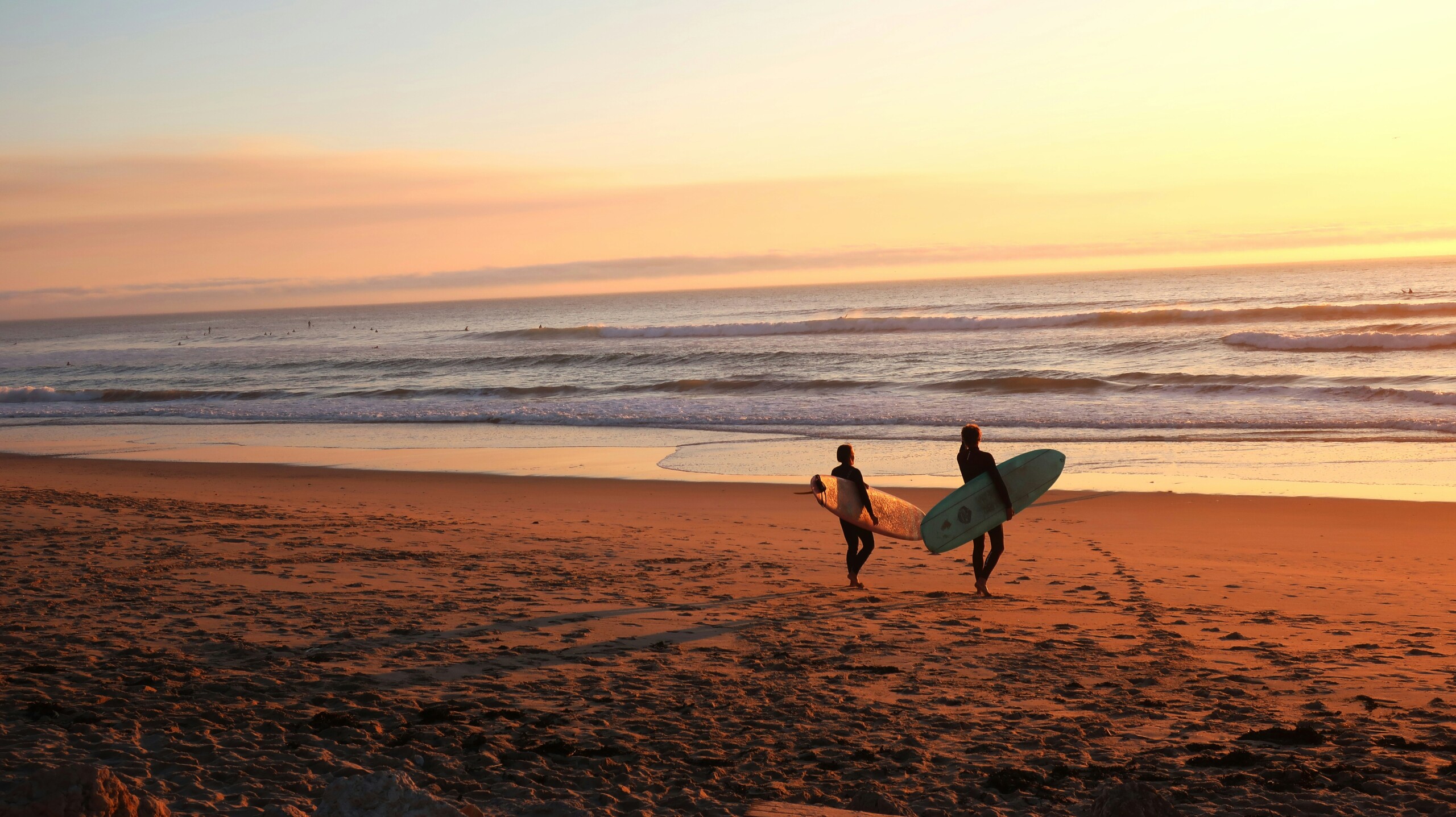In the world of surfing, maneuverability is the name of the game. It’s the ability to turn sharply, carve effortlessly, and glide smoothly through the water. While many factors contribute to a surfboard’s maneuverability, one type of board that’s gaining popularity for its balance between stability and agility is the mid-length surfboard. So, what exactly makes mid-length surfboards more maneuverable?
Let’s break it down.
Length:
Mid-length surfboards typically range from 6.8 to 8 feet in length. This offers a compromise between the stability of a longboard and the maneuverability of a shortboard. Their moderate length allows for easier maneuvering compared to longer boards, while still providing enough stability for riders to catch waves and maintain control.
Shape:
The shape of a surfboard plays a significant role in its maneuverability. Mid-length boards often feature a slightly narrower nose and tail compared to longboards. This allows for tighter turns and smoother transitions between maneuvers. Additionally, the rocker is usually more pronounced in mid-length boards, enhancing their maneuverability in steeper waves.
Fins:
The configuration and placement of fins on a surfboard can greatly affect its maneuverability. Mid-length boards typically come equipped with a thruster setup, consisting of three fins – one large center fin and two smaller side fins. This setup provides a balance of stability and maneuverability, allowing surfers to execute quick turns and carve through the water with precision.
Now, let’s talk about how surfers can maximize maneuverability when riding a mid-length surfboard.
Weight Distribution:
Proper weight distribution is key to maneuvering a surfboard effectively. Surfers should focus on keeping their weight centered and shifting it as needed to initiate turns and maintain balance.
Foot Placement:
Paying attention to foot placement can make a big difference in maneuverability. For mid-length surfboards, placing the back foot slightly further back on the tail can help generate speed and control, while keeping the front foot near the center of the board provides stability and balance.
Engage the Rails:
To execute sharp turns and smooth transitions, surfers should learn to engage the rails of the surfboard. This involves leaning into turns and using the edges of the board to carve through the water.
Practice, Practice, Practice:
Like any skill, mastering maneuverability on a surfboard takes practice. Taking surf lessons in San Diego with experienced instructors from a reputable surf school, such as San Diego Surf School, can provide valuable guidance and feedback to help surfers improve their technique and confidence in the water.
Maneuverability is essential for surfers looking to ride the waves with style and precision. Mid-length surfboards offer a versatile option for achieving that perfect balance between stability and agility, making them an ideal choice for surfers of all levels. By understanding the factors that contribute to maneuverability and honing their skills through practice and instruction, surfers can unlock the full potential of their mid-length boards and experience the thrill of surfing to its fullest in San Diego.






